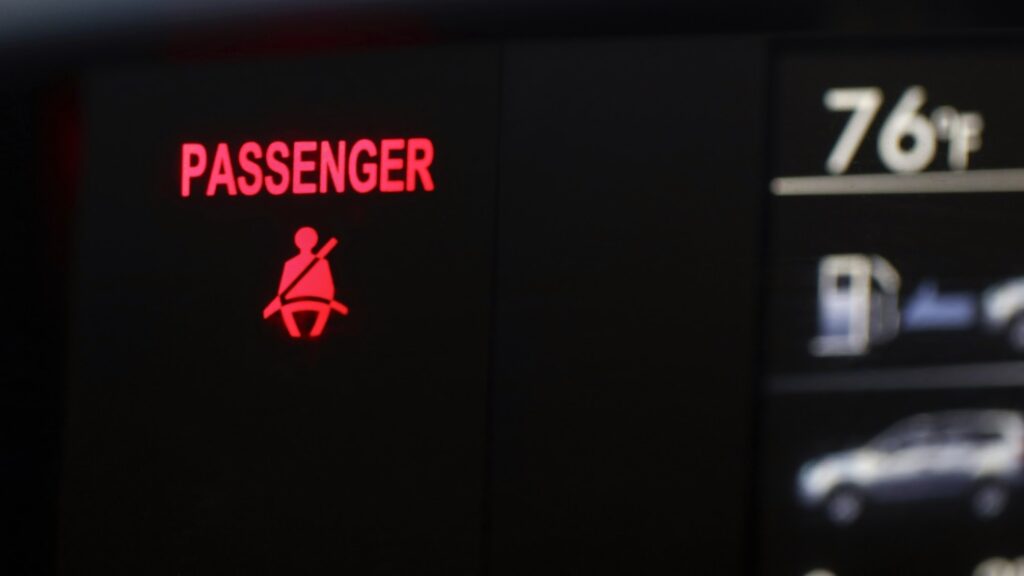NHTSA proposes seatbelt warning rules for both front and rear passengers

New vehicles are safer than they’ve ever been, but there’s always room for improvement. The National Highway Traffic Safety Administration recently proposed a new rule requiring automakers to equip new models with seatbelt warning systems for both front and rear passengers.
While many models already have such warnings available, only the driver seat is currently required to sound an alarm. The new requirements would extend to the front passenger and people in the back seat riding in vehicles with a gross vehicle weight rating of 10,000 pounds or less.
Changes to the rules proposed by the NHTSA would require a visual warning on vehicle startup that lasts at least a minute to give the driver a status update on rear passengers. If a rear belt is unbuckled while the vehicle is moving, audio and visual warnings lasting 30 seconds would be required. Similar changes apply to the front seat, though the alarms would last until the passenger buckles.
While they’re not always comfortable, seatbelts save lives. NHTSA’s acting administrator, Ann Carlson, said, “In 2021, almost 43,000 people lost their lives on America’s roads, and half of those in vehicles were unbelted. This proposed rule can help reduce that number by getting more to buckle up.”
Seatbelts reduce the risk of fatal injuries in a crash by 55 percent for passenger cars and 74 percent for trucks and vans. Front-seat passengers reduce their risk by 44 percent in cars and 73 percent in trucks and vans. The warnings work, too, and the NHTSA’s proposed rules would allow automakers to customize audio and visual alerts to match their branding.
The Insurance Institute for Highway Safety, which also crash-tests new vehicles, recently updated its crash standards to include a side-impact test with significantly more impact force. New vehicles are heavier, especially electric models and large trucks and SUVs, and the IIHS test protocols were updated to align with the current reality. It also had to retool its testing hardware to accommodate much heavier vehicles.
Related video:


